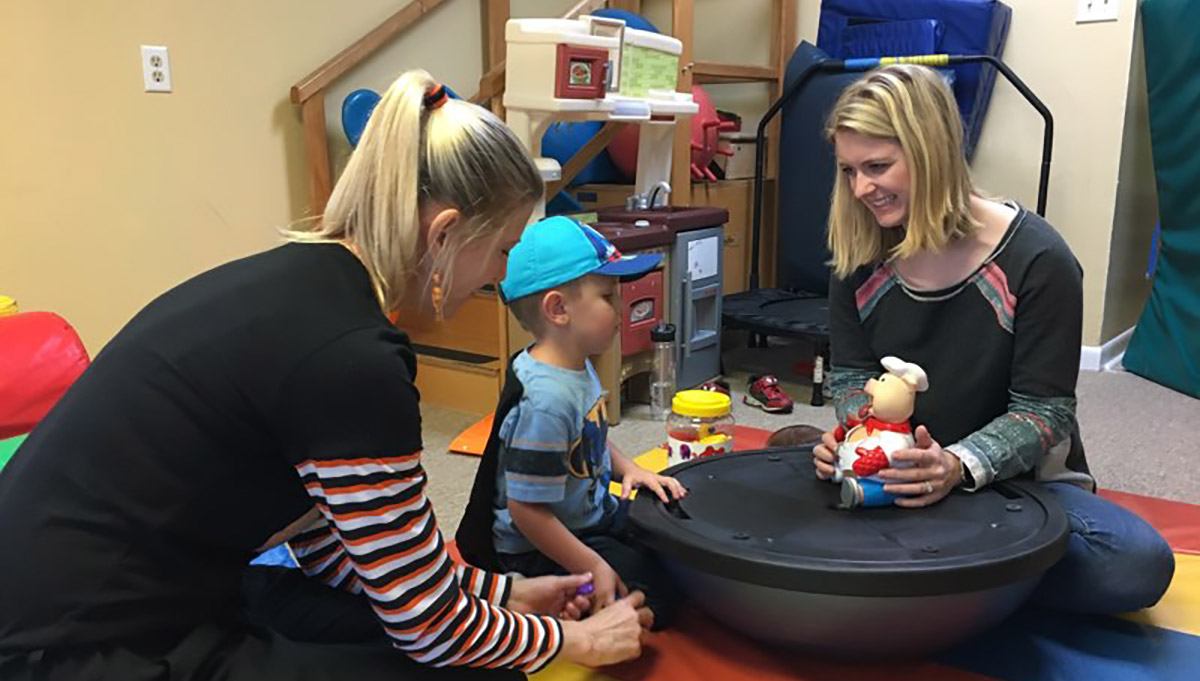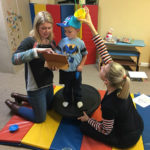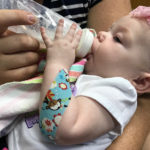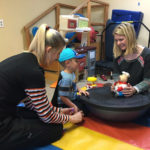Occupational Therapy
Occupational Therapy
Pediatric occupational therapy is focused on improving a child’s ability to function within their roles in their home, school or community. This includes hand and arm skills, play skills, self-help skills, visual-motor skills, handwriting, other school-related activities, and the ability to successfully integrate sensory information as sensorimotor development provides a foundation not only for motor skills but also for learning. We help to build better executive functioning and life skills, improve socialization and interaction skills, and support positive behavior intervention. Our occupational therapists will evaluate and treat your child’s sensory processing, strength, range of motion, coordination, hand skills, and daily living skills to improve their performance and daily life skills, while working with families to assist them at home.
Some of our specialized Occupational Therapy services include:
- Handwriting Without Tears and Keyboarding Without Tears: For students struggling with handwriting skills, the Handwriting Without Tears program is a fun, multi-sensory program designed for kids to develop fluent handwriting. Keyboarding Without Tears is designed to teach pre-keyboarding skills, keyboarding skills and general computer readiness for kids to succeed with computer or web based assignments.
- Sensory Integration Therapy: An approach to improve a child’s ability to take in, process, and organize sensory information and use that information in meaningful ways. Children with sensory processing difficulties may display a combination of over-reactive or under-reactive behaviors to sensory stimuli which can lead to behavioral challenges such as meltdowns and tantrums or “picky” behaviors due to their decreased ability to regulate sensory information.
- Therapeutic Listening: A comprehensive sound based intervention service that is effective for children with a sensory processing disorder. As part of a complete sensory integrative approach, benefits from Therapeutic Listening may include improved attention, improved regulation, improved motor planning and coordination, and increased interaction and communication.
- Visual Motor Integration: Children who have difficulty coordinating their visual and motor systems may struggle with handwriting and other school activities. Visual Motor Integration therapy is designed to improve a child’s ability to coordinate these systems.
- Various diagnostic and intervention programs to promote skilled access and use of keyboard and assistive technology







